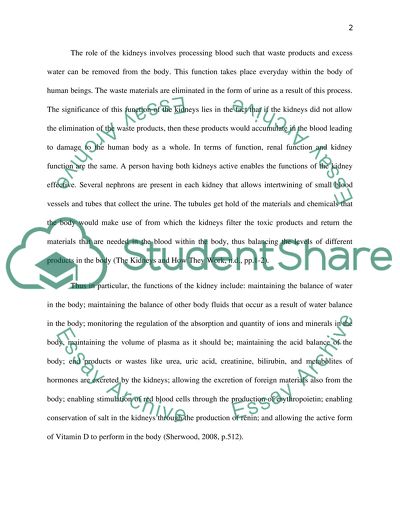Cite this document
(“Human Physiology and Anatomy Essay Example | Topics and Well Written Essays - 2250 words”, n.d.)
Human Physiology and Anatomy Essay Example | Topics and Well Written Essays - 2250 words. Retrieved from https://studentshare.org/health-sciences-medicine/1609597-essay-2-renal-human-physiology-and-anatomy
Human Physiology and Anatomy Essay Example | Topics and Well Written Essays - 2250 words. Retrieved from https://studentshare.org/health-sciences-medicine/1609597-essay-2-renal-human-physiology-and-anatomy
(Human Physiology and Anatomy Essay Example | Topics and Well Written Essays - 2250 Words)
Human Physiology and Anatomy Essay Example | Topics and Well Written Essays - 2250 Words. https://studentshare.org/health-sciences-medicine/1609597-essay-2-renal-human-physiology-and-anatomy.
Human Physiology and Anatomy Essay Example | Topics and Well Written Essays - 2250 Words. https://studentshare.org/health-sciences-medicine/1609597-essay-2-renal-human-physiology-and-anatomy.
“Human Physiology and Anatomy Essay Example | Topics and Well Written Essays - 2250 Words”, n.d. https://studentshare.org/health-sciences-medicine/1609597-essay-2-renal-human-physiology-and-anatomy.


